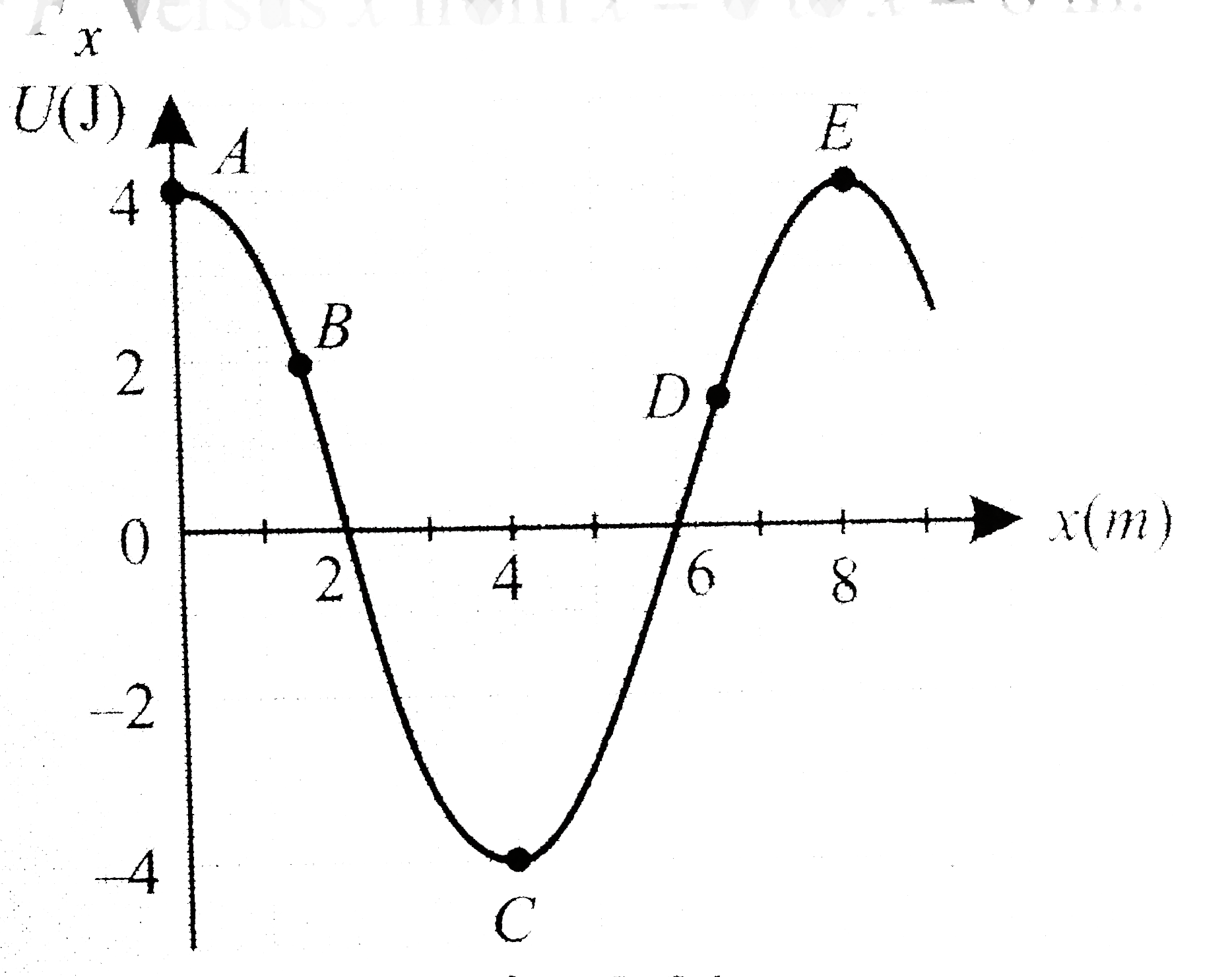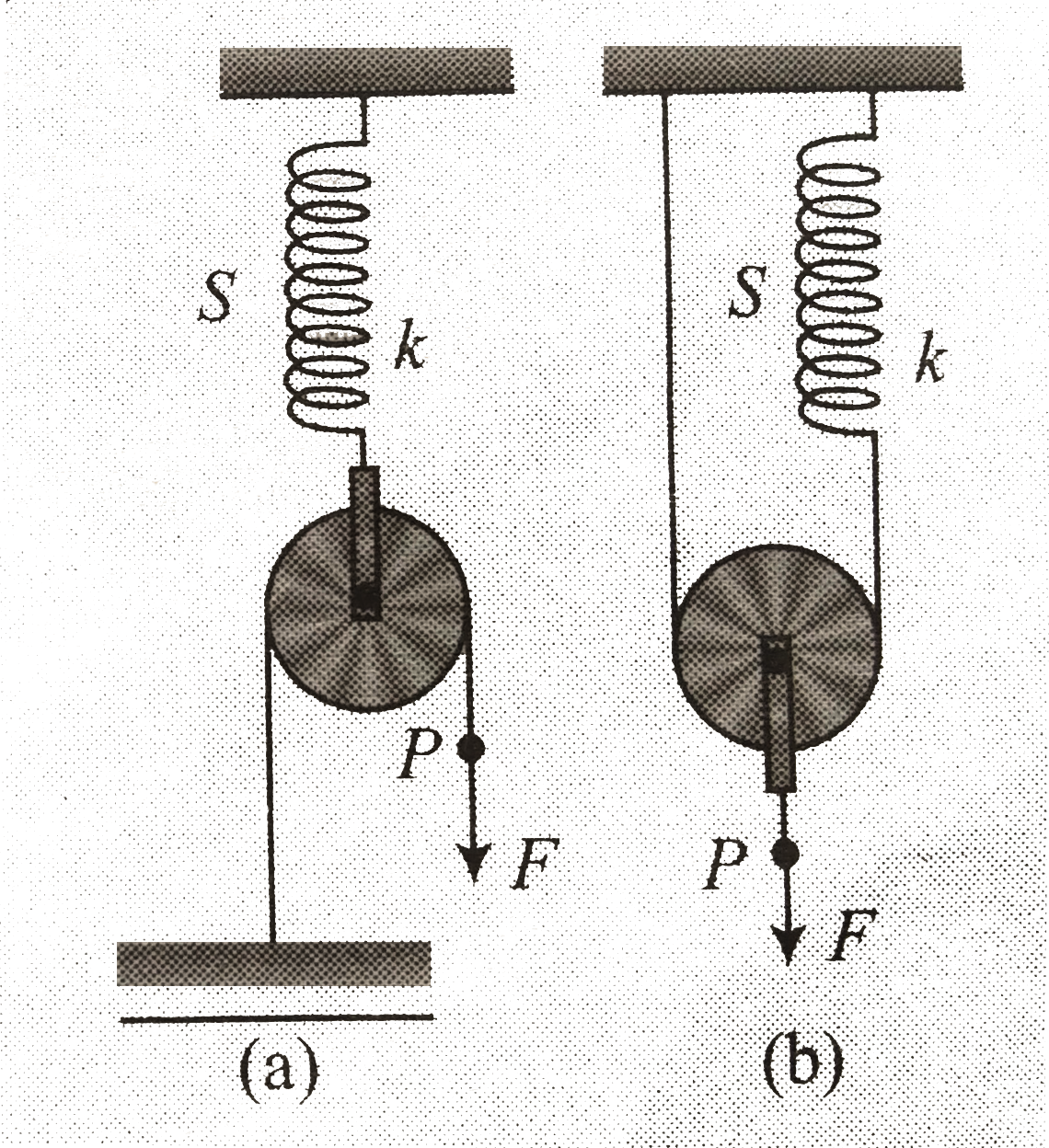Finding U from F | finding F from U | Equilibrium (Stable, unstable and neutral) | Power due to a force
Step by step video solution for Finding U from F | finding F from U | Equilibrium (Stable, unstable and neutral) | Power due to a force by Physics experts to help you in doubts & scoring excellent marks in Class 11 exams.
Updated on:21/07/2023Similar Questions
Knowledge Check
The potential energy of a particle in a force field is
U=Ar2−Br
where A and B are positive constants and r is the distance of particle from the centre of the field. For stable equilibirum, the stable equilibrium , the distance of the particle isAB2AB2ABCABDBAThe work done in rotating a bar magnet f magnetic moment M from its unstable equilibrium positon to its stable equilibrium position in a uniform magnetic field B is
A2MBBMBC−MBD−2MB
Define the following.
(a) stable equilibrium
(b) unstable equilibrium
(c) neutral equilibrium
View SolutionThe potential energy of a conservative force field is given by
U=ax2−bx
where, a and b are positive constants. Find the equilibrium position and discuss whether the equilibrium is stable, unstable or neutral.
View SolutionFor the potential energy curve shown in figure.
(a) Determine whether the force Fx is positive, negative, or zero at the five points indicated, (b) Indicate points of stable, unstable, and neutral equilibrium, (c) Sketch the curve for Fx versus x from x=0 to x=8m.

View SolutionFor the potential energy curve shown shown in figure.

(a) Find directions of force at points A,B,C,D and E.
(b) Find positions of stable, unstable and neutral equilibriums.
View SolutionHow does the energy of dipole change when it is rotated from unstable equilibrium to stable equilibrium in a uniform electric field.
View SolutionOn applying a force F, point P is displaced vertically down by y from equilibrium positionl. Find force F in terms of the force constant k of the spring and displacement y, for the cases (a) and (b), as shown in fig.

View Solution
